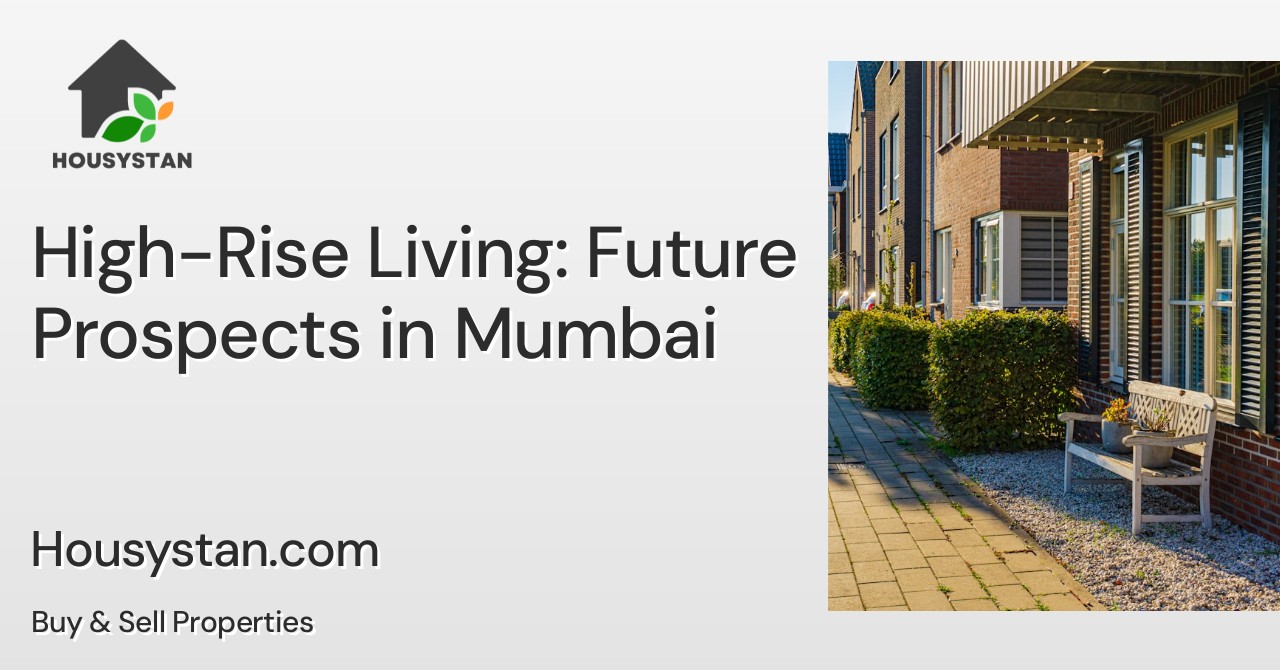High-Rise Living: Future Prospects in Mumbai
Read latest blogs and articles from Housystan

The Information mentioned here was last updated on:
28/12/2025High-rise living in Mumbai represents the pinnacle of urban lifestyle, offering residents an unparalleled fusion of luxury, convenience, and panoramic city views. As India’s financial capital continues to evolve, the skyline of Mumbai is witnessing a dramatic transformation with the construction of iconic residential towers. These vertical marvels cater to the aspirations of both homebuyers and investors, making high-rise apartments in Mumbai a preferred choice for those seeking modern amenities, enhanced security, and an elevated standard of living.
The future prospects for high-rise living in Mumbai remain highly promising. With limited land availability and a growing population, vertical development is not just a trend but a necessity. Leading developers are introducing state-of-the-art skyscrapers in prime localities such as Worli, Lower Parel, Andheri, and Powai. These residences offer world-class facilities, from infinity pools and fitness centers to landscaped gardens and advanced security systems. Proximity to commercial hubs, entertainment zones, educational institutions, and healthcare facilities further enhances the attractiveness of these high-rise apartments.
From an investment perspective, Mumbai’s high-rise properties are gaining significant traction. The city’s robust real estate market, coupled with infrastructural advancements like the Mumbai Metro expansion and coastal road projects, is driving demand for premium residences. Investors and homebuyers are increasingly prioritizing sustainable designs, energy-efficient features, and smart home technologies, all of which are integral to new-age high rises.
- Verified Tenants/Buyers
- Unlimited Property Listing
- Zero subscription/charges fee
Moreover, the breathtaking views of the Arabian Sea, cityscape, and lush greenery add immense value to high-rise living experiences. Residents can enjoy a serene environment above the bustling streets, with access to exclusive amenities that enhance their lifestyle. As Mumbai continues to attract global businesses and a diverse population, high-rise developments will play a pivotal role in shaping the city’s residential landscape, ensuring it remains at the forefront of urban innovation and luxury living.